
Ruddy-headed Goose © Rodrigo Tapia, Far South Exp
Where have the Ruddy-headed Geese gone…? This is the question that haunts ornithologist Ricardo Matus, director at Leñadura Bird Rehabilitation Center, since late December 2017 when he and his wife Olivia Blank started the yearly survey they’ve been conducting for twenty years in the three areas in the Magallanes province where this species is still found: Tierra del Fuego Island, and San Juan and San Gregorio in the mainland.
Although on a preliminary state, the results from this season’s survey -co-funded by Far South Expeditions- are similar to those of the previous one (2014-2015) and would confirm the trend that the observed populations of individuals and breeding pairs is about half of what was present back in 1999-2000: no more than 300 adult birds and around ten breeding pairs only.

Tres Puentes Wetland, Punta Arenas © Sebastián Saiter, Far South Exp
Many variables factor in these results: the presence of introduced carnivores like Southern Grey Fox, Lycalopex griseus or American Mink, Neovison vison and the progressive lack of water. “This has been noticed by the local farmers, who say the birds are not around anymore and water is scarce”, Matus explains.
He adds: “This makes us wonder if they are some place else”, stating that saying the birds have disappeared is not correct. “Our work must be regarded as a sampling that is representative of what is happening with the populations here at their breeding grounds. The existance of other sites with presence of Ruddy-headed Goose, Chloephaga rubidiceps in the province of Magallanes can’t be ruled out”.
However, cautions apart, there is an alarm signal in that three of the areas reached have traditionally been chosen as nesting and breeding sites by the species. “The chances of movements shouldn’t affect the whole population, but it is within their normal behaviour that females return to nest to the same site every year”, he says. In 1999, 25 breeding pairs were counted in the San Gregorio wetlands; almost ten years after, no more than four pairs were found.
At the mouth of San Juan River, where the largest number of birds are still present, the same question arises: why are they there? Matus says the their presence in the area would be recent, from the ’70s onwards, after a sporadic record by British explorers in the early 20th century. However, the mystery persists, because “according to all literature it is a species associated with the steppe environment; however, it is here now, in an area that once was woods and is now open environment”. According to the last survey, San Juan holds around 150 individuals, with up to 12 breeding pairs. The first census conducted by Matus and Blank in late December 2016 counted some 60 birds and no more than four breeding pairs.
According to Leñadura Center’s director, maybe the most noteworthy thing about the first seasonal survey is that they didn’t find a single successful (ie., with chicks) breeding pair in Tierra del Fuego, despite signs that there could have been there. “We presume they lost their clutches, as is usual nowadays”, he says.
The Ruddy-headed Goose is a migratory species of waterfowl that makes a 1,300 km-long journey between the province of Buenos Aires in Argentina, where it winters, and the province of Magallanes in Chile, where it breeds. Both nations suscribed an agreement memorandum about the conservation of the species in 2013, but there is much more that needs to be done. In Chile it is listed under Endangered (EN) conservation status, with a range of less than 500 km2 comprising less than five sites. Currently, a little over 26,16 hectares in San Juan constitute the Ruddy-headed Goose Natural Monument, protecting this bird at one of the few known remaining breeding sites.

Natural Monument, San Juan, Magallanes; Chile © Sebastián Saiter, Far South Exp
To Far South Expeditions, it is a matter of ethics and commitment to support the implementation of these surveys. “We believe in active conservation, shown in the field more than in declarations of principles or statements, and this is a superb chance to get involved in the efforts to preserve one of the most outstanding inhabitants of Patagonia”, explains Claudio F. Vidal.
Far South Expeditions collaborates with BirdLife International as a Species Champion in their programme “Preventing the Extinction of Species”, and regularly supports educational and awareness actions by Aves Chile (UNORCH).

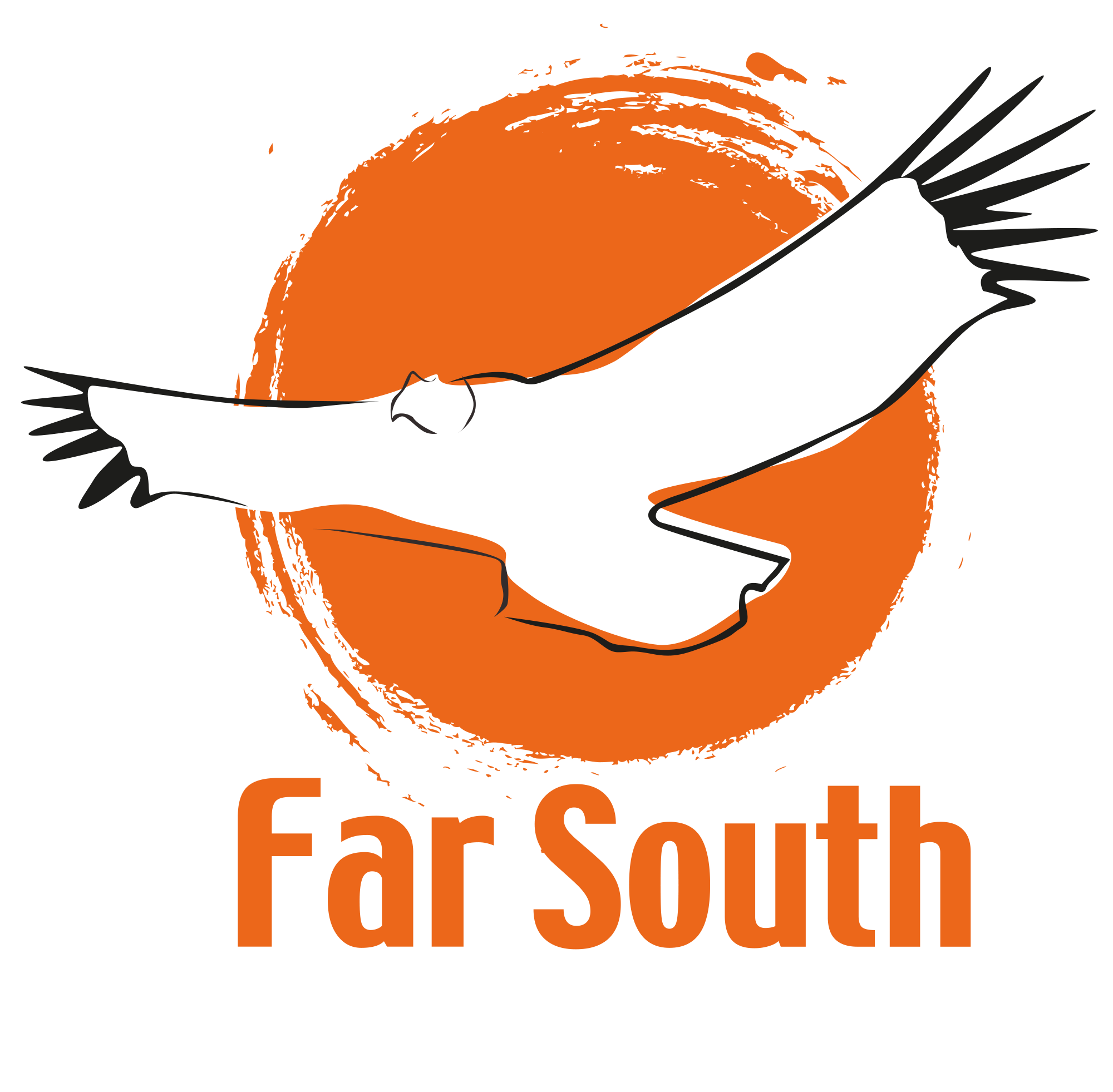

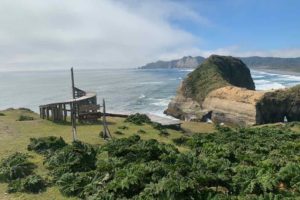
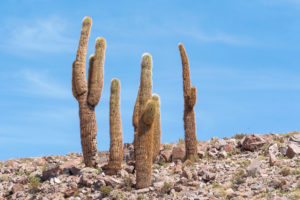


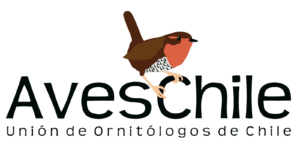
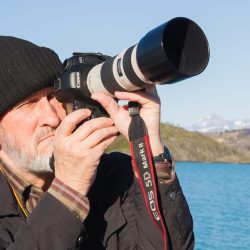
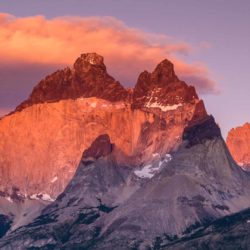

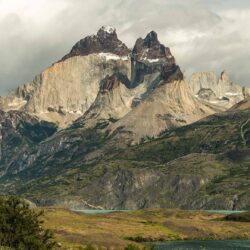
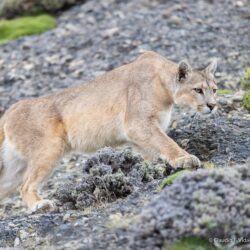
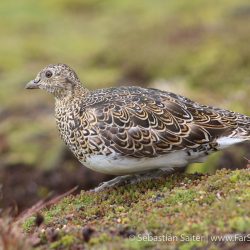
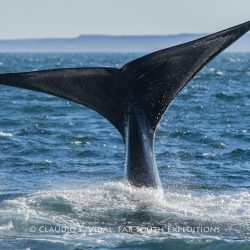
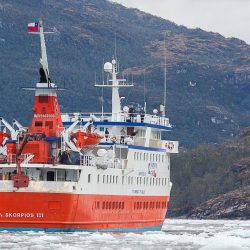


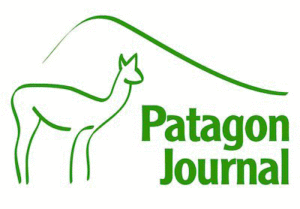
Leave a Reply
Your email is safe with us.